With rosé sales flying in both the on and off-trades throughout the summer the challenge will now be how to build on the excitement around rosé and keep sales going through the dark winter months.
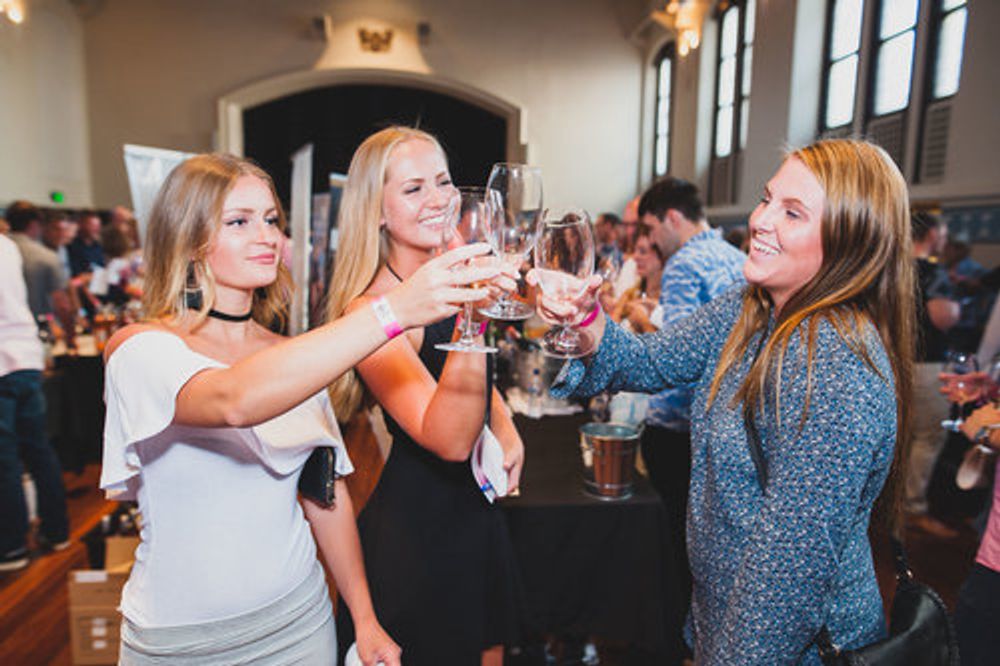
As we move further away from the summer and towards the clocks going back, how will we look back on the summer of 2017?
In many ways it has been an inbetween summer with no Olympics or World Cup to naturally get those drinks tills ringing. We had the athletics World Championships, but other than the final hurrah of Mo Farah there was no sustained celebrations worthy of the drinks trade ploughing all its promotional resources in to.
Instead we had to mostly rely on what we already had on the shelves to make some noise and get customers excited.
So if we are going to remember the summer of 2017 for anything then it has to be the year when rosé has firmly cemented itself as the go to drinks category for our – blink and you will miss them – summer days, nights, and weeks.
Yes, rosé has been around for as long as we have had corkscrews, but for years it has mainly been left to those who like their wine to have as much sugar content as Coca-Cola. And to be made my Americans too.
The future’s pink
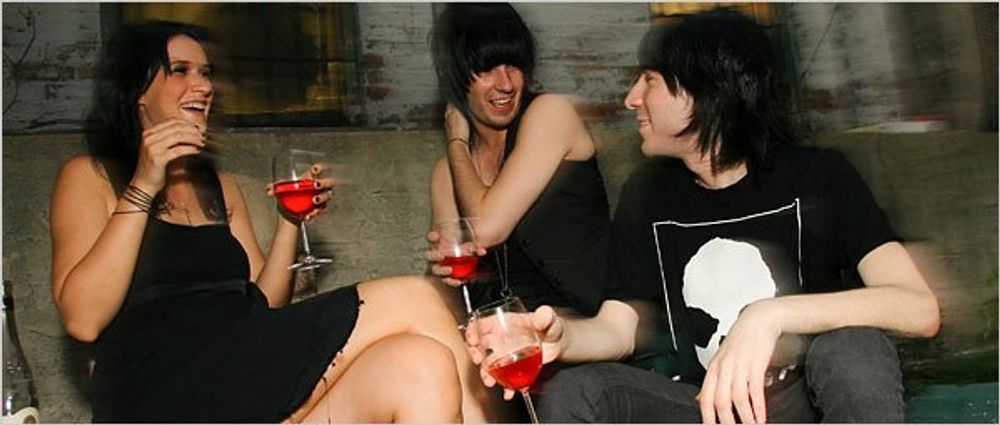
It’s now the done thing for both men and women to be out drinking rosé
But 2017 has been the year when it seems we have fallen in love with all that is pink on the back bar. It’s not just rosé per se that consumers are buying in to. It’s an easy alternative to white, or red, and it’s a drink to celebrate and have fun with. It also means summer and holidays.
That said it’s hard to get a definitive picture on how much of the UK wine category rosé now has, as so much of it is sold in the on-trade where there is not the same level of comprehensive data coverage as there is in the retail sector. But with more than twice as many sales in the last two years in the off-trade (Nielsen) it must be pushing 15% of the total category.
Everywhere you look retailers, merchants and restaurants are singling our rosé as their success story of 2017, and definitely the summer. Rosé sales are up 16% year-on-year at Majestic, Sainsbury’s has increased its range by 15% and saw rosé sales, primarily French from Bordeaux and Provence (up 24% in the last year) rise overall 58% at the beginning of the summer. Sainsbury’s alone sells 15 million bottles of rosé a year.
Paler the better
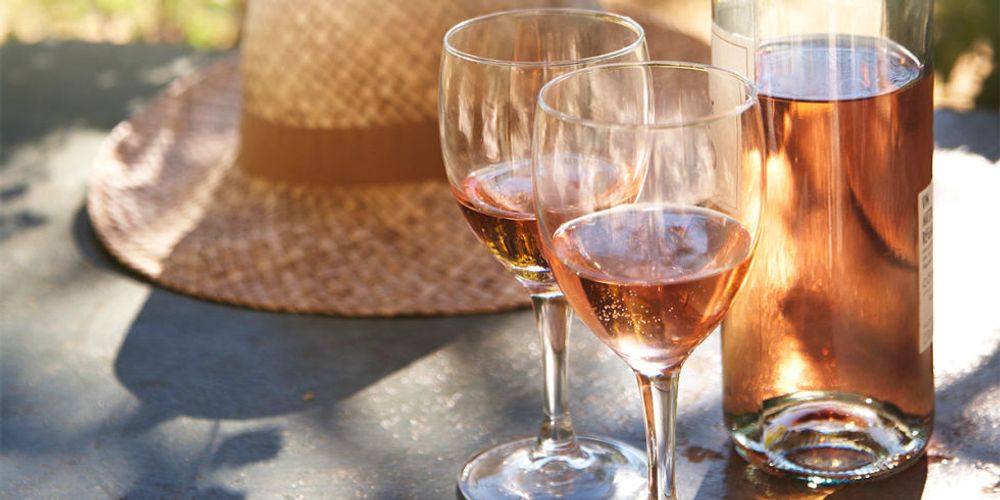
For younger drinkers the paler the better when it comes to rosé
Crucially new rosé drinkers are not just stopping at the previously all dominant Californian aisle, but are helping to broaden the category by exploring lighter, paler pink styles. The kind of wines they can drink on their own, but also perform even better when drunk with a summer salad, or grilled meats and fish from the barbeque.
The standout winner from the current rosé boom has been Provence with its almost iconic pale pink styles. Provence exports to the UK were up 29% last year, with an even bigger increase expected for 2017, according to BMI Research.
Which is particularly good news for the on-trade as Provence rosés don’t come cheap, helping to push the average bottle price up as it seems consumers are just as happy trading up on rosé as they are spending a little more on Prosecco. Offer sparkling rosé and you have the best of both worlds.
Driven by consumers
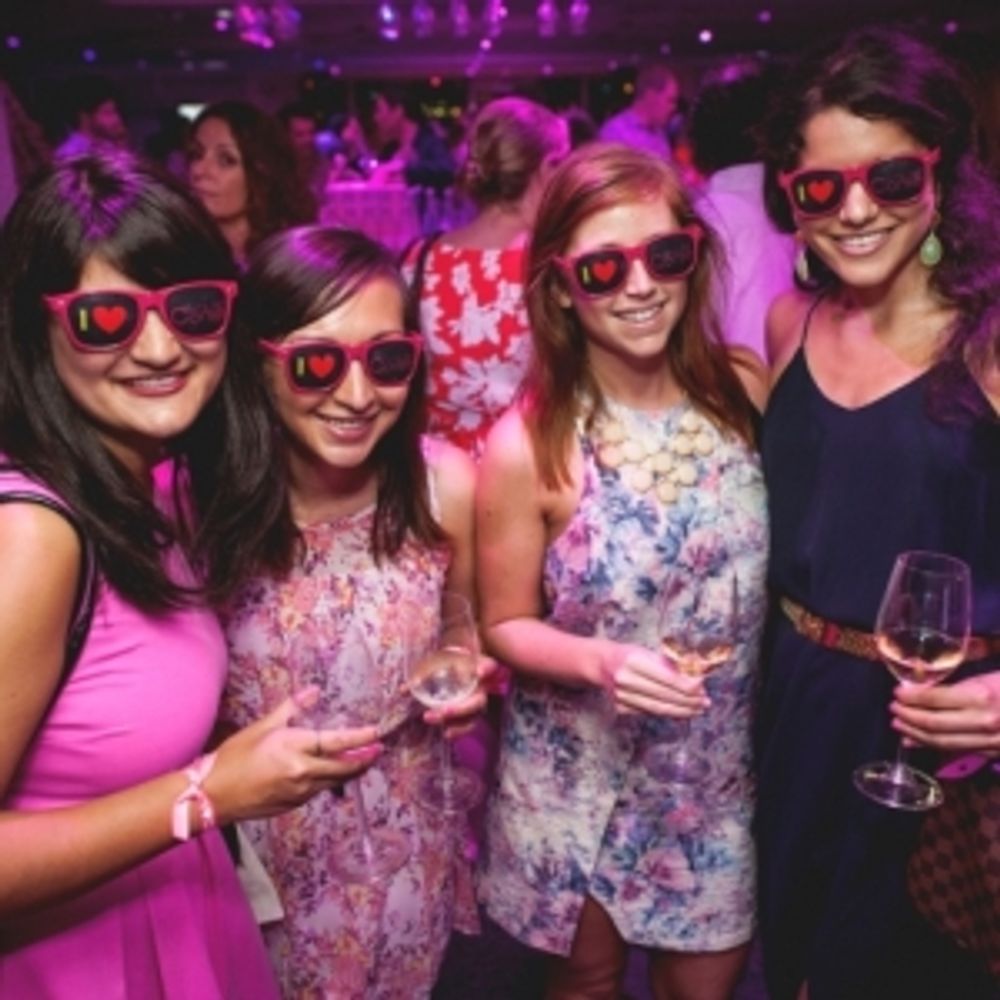
Rose wine has also benefited from the fashion to wear pink this summer
Rosé has the potential to rise and rise and follow in the footsteps of Prosecco as the next consumer-driven wine phenomenon – if it’s not well on the way already. Just look at social media where rosé related hashtags were amongst the biggest trending during the peak of the summer.
What started as an Instagram tribute to rosé, @YesWayRosé, has now become so popular that the two formers US school friends behind it have now launched their own Californian rosé and branched out to sell rosé and pink merchandise from candles to nail polish to beanie bags through Yeswayrose.com.
Rosé is also much safer ground for consumers than getting their heads around all the various white and red wine varieties and differences around the world. Decide on the style of rosé you like, dry, or sweet, the colour, dark or pale, and there is not a lot else to worry about other than have you got enough ice to put in to when you get home.
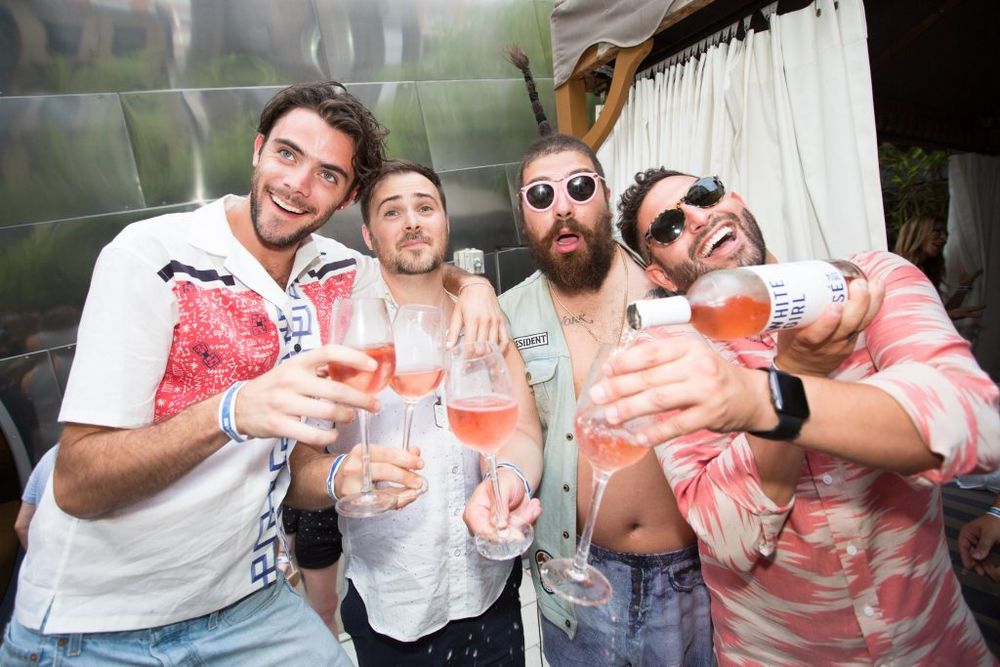
The founders of White Girl rosé have captured rosés zeitgeist moment
It is also encouraging people from completely non-wine backgrounds to jump on the rosé bandwagon. Like Swish Beverages that has launched a number of what they prefer to refer to as ‘pink drinks’, including White Girl Rosé. It targets its audience through social media and deliberately ignores the traditional wine labelling and language. Check out its Instagram feed at @WeBroughtWine or its Facebook page to get an idea of what they are about.
As its founders told the Guardian: “Labels and branding are suck in a major rut. So many swirly words and old-timer illustrations. We think the rosé drinker is over that vibe; we certainly were. Taste is supremely important, but we want to give people more than just something to swirl around in their mouths and talk about minerals and notes and flint and liveliness.”
Big in America
You can also tell the rosé category is here to stay because this is not just a UK trend. Drinkers the world over have all caught on to the refreshment, and the sense of fun and theatre there is in drinking rosé.
Look at the United States. Consumption of rosé went up 57% in the year to June 2017, according to Nielsen. A staggering performance considering the rest of the wine category only increased by 3%.
It’s clear more US drinkers, particularly younger age groups are turning to wine and rosé in favour of beer. A major concern for the big US brewers who have already lost 10% of drinkers to wine and spirits over the last 10 years.
Walt Dickinson of US craft beer Wicked Weed has warned of the “armada of boats coming across the Atlantic” full of wine and rosé to take even more of their sales.

Rosé also has star appeal: here’s Drew Barrymore showing her love for the YesWayRosé brand
American consumers are also catching on to rosé styles from Europe. Ten years ago Provence was only shipping 0.4 million litres to the US. Last year it almost doubled exports to reach 11.4 m/l with an average selling price of $12.
The demand for Provencal-style rosé is forcing some US blush rosé producers to make drier styles to cash in on the new rosé market. But with the biggest increase in sales coming from the $15 to $25 price bracket for drier paler rosés it makes commercial sense too.
The beauty of rosé is that winemakers can be a lot more experimental and less rigid in their approach. Leaving the door open for blends and using a wider choice of grape varieties to create drier, but still commercial styles.
Big US wine brands are also taking notice. Constellation Brands has, for example, this year introduced a rosé version of its Meiomi power brand.
It is also having a knock on effect on the types of rosé being produced right around the world. Argentine and Chilean producers are looking to tone down the alcohol and colour levels to offer their own version of pale pink, but extra fruity rosés.
All year round
We might all hook on to rosé during the summer, but it is clear we need to keep our rosé lists fresh and interesting the year round. Research in the US shows that over 60% of regular rosé drinkers are going pink all year round. It is also a good opportunity to introduce customer to different styles of rosé, which may still be pink or dark depending on their preference, but allows them to look at more rounded, spicier styles from both the Old and New Worlds, like South Africa and Australia. But it’s not as if the sun completely disappears over the winter and the big, in demand paler, Provencal-style rosés will still be doing good business all through the winter. After all we all need cheering up when those clocks go back.
- You can see other articles in the rosé series we have run with Castel Frères throughout the summer in the section below and also in our dedicated rosé content page here.































